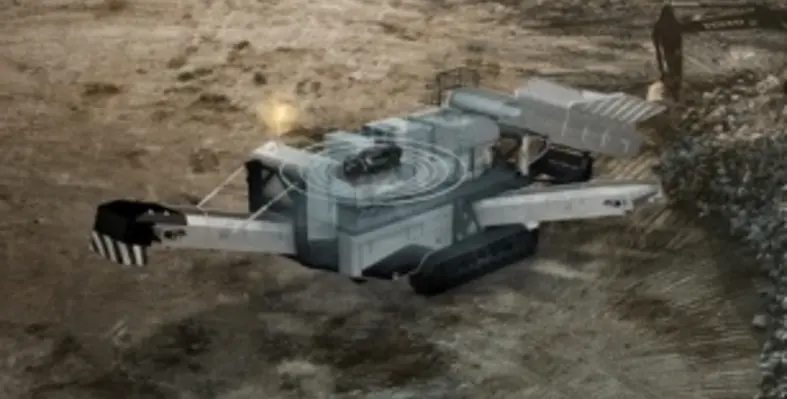Volvo Penta is presenting technologies and service offerings at CONEXPO 2023, that will help support both the current demands to reduce emissions and the future business needs of construction and mining customers, as well as those operating in a range of other industrial applications
As part of the Volvo Booth, F8926 in the Festival Grounds, Volvo Penta will showcase its electric driveline alongside its current portfolio of ultra-efficient Stage V and Tier 4 Final combustion engines – the D5, D8, D13 and D16. In addition to leveraging an array of proven technologies from across the Volvo Group, the innovative electric driveline solution would not have been possible without the firm foundation provided by Volvo Penta’s more mature power solutions and the expertise of the company’s engineers. Volvo Penta will also highlight how it’s delivering in its service offering, focusing on creating value with customers through connected solutions.
On top of all this, Volvo Penta will unveil the expansion of a collaborative partnership with one of its customers. The North American OEM will showcase a new concept machine powered by Volvo Penta. No further details are being announced at this stage, but it’s an exciting new concept not to be missed.
“We are looking forward to unveiling the expansion of our collaborative partnership with one of our OEM customers at CONEXPO,” commented Fredrik Högberg, president of Volvo Penta North America. “In order to succeed on our transformation journey into new, sustainable technologies to meet the industry’s net-zero ambitions, as well as achieve the Science Based Targets initiative (SBTi) for net-zero value chain emissions by 2040, we believe that strong collaboration with customers and partners is crucial. We cannot deliver the changes that need to happen alone – that’s why we are working closely with our customers, supply chain partners, governments, societies and other stakeholders.”
Built for heavy-duty applications
A popular choice in a wide range of machinery from excavators and underground mining trucks to crushers and screeners, Volvo Penta’s industrial combustion engines have been proven and optimised to meet customer needs in terms of productivity, uptime and total cost of ownership (TCO). Passive regeneration of the after treatment system eliminates unplanned stops during operation, while fuel consumption has been reduced by up to 5% over the previous models.
Since 2016, Volvo Penta’s industrial engines can run on renewable diesel (HVO), enabling a more sustainable choice. Further supporting customers who are looking to transition to low-carbon solutions, is Volvo Penta’s dual-fuel hydrogen engine – an evolution of the company’s proven D8 model. The engine mainly uses hydrogen as a renewable fuel source and reduces CO2 emissions by up to 80%, without impacting power or performance. Volvo Penta will continue to evolve its engine range to run on compatible alternative fuels, enabling the transition towards lower-emissions in those markets that cannot yet support fully electric solutions.
Another aspect of Volvo Penta’s transformation journey is its growing foothold in electromobility as a system supplier. Volvo Penta’s electric power solutions are backed by connectivity to help customers actively monitor the health of their drivelines in a predictive way throughout their lifespan.
“No matter where customers are on their transformation journey, Volvo Penta can offer solutions to meet their machine, application and business needs,” concluded Fredrik. “We work closely with our customers and form long-term partnerships to create purpose-built power solutions based on their requirements. As part of the Volvo Group, we leverage proven technology, investments and competence from Volvo Trucks, Volvo Buses and Volvo Construction Equipment. We combine this with our customer, market and application knowledge, allowing us to optimise designs and technology for specific machines and applications, considering the duty cycles, climate and environment in which they will operate.”





